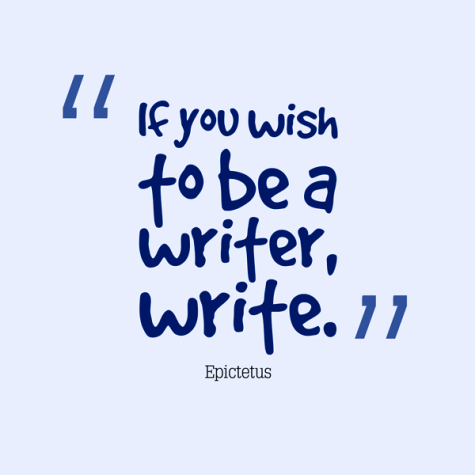It’s Teacher Thursday! Get ready to learn.
Fiction writing Writing tipsLast week we talked about beginning your book with the main character. There are other ways to open the story. Sometimes, changing this can change everything. Let’s see what Steven says in his book, Troubleshooting Your Novel.
FINE-TUNING MY MANUSCRIPT
- If I start with dialogue, how soon will readers be able to see how many people are present, what they look like, and where they are? How can I make this scene more visually striking to better orient readers?
- If I start with description, from whose point of view is the scene rendered? Based on this, will readers make assumptions that will turn out to be untrue? How can I solve that?
- How quickly will readers be able to know who’s telling this story? Should I alter that to avoid confusion? Does this point of view really serve the story?
- Does my first chapter (or my prologue) include a twist? If not, how can I reshape the scene so it’s not so predictable or clichéd?
- Based on where the story ends (and the path it takes to get there), is this opening essential, emotionally charged, and true to the tone and mood of the rest of the book—or is this simply where I’ve been assuming the book should start?
- If I were to set my presuppositions aside, would I still choose this beginning? If not, what does the context call for me to do?
*** Today’s task:
Choose one of the bullet points above and rewrite your opening chapter from a different vantage point. For example, if you start with a scene full of dialogue, try rewriting it with a descriptive lead-in. How does that change the feel of the book? Have the expectations of the reader changed?
Let us know how these lessons are helping your writing.
Have questions for Steven? He’ll be answering all of these and more while workshopping with you at our retreat and seminar in Ecuador next April.


